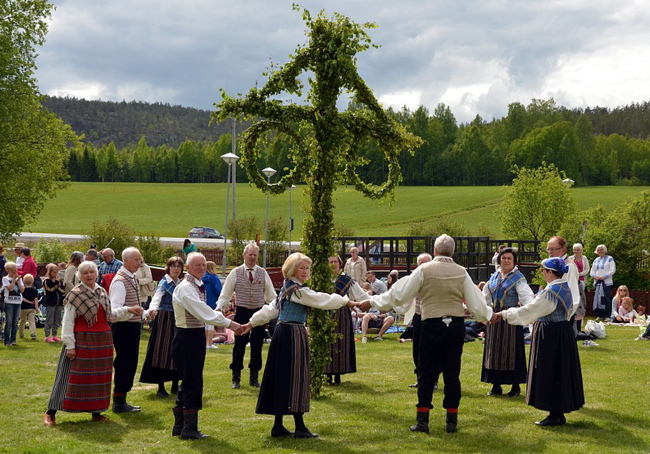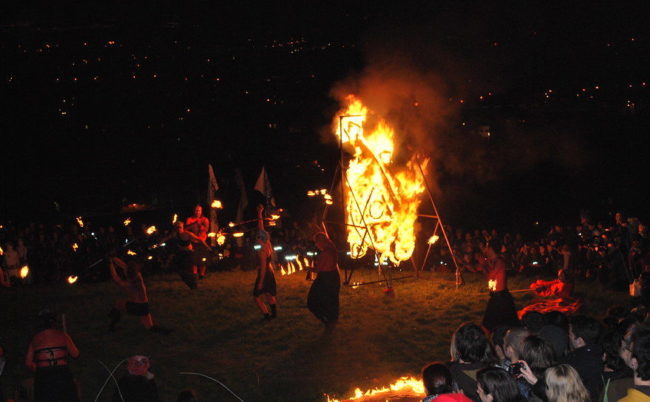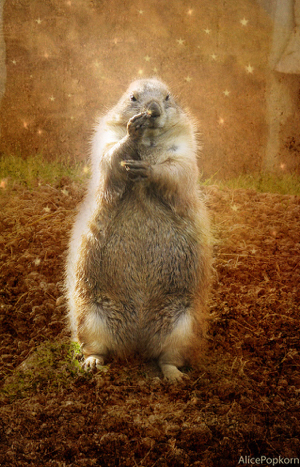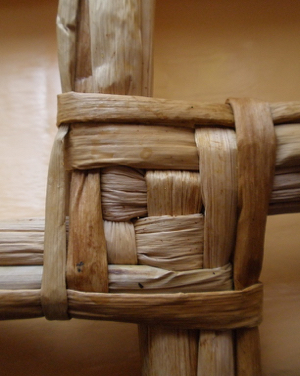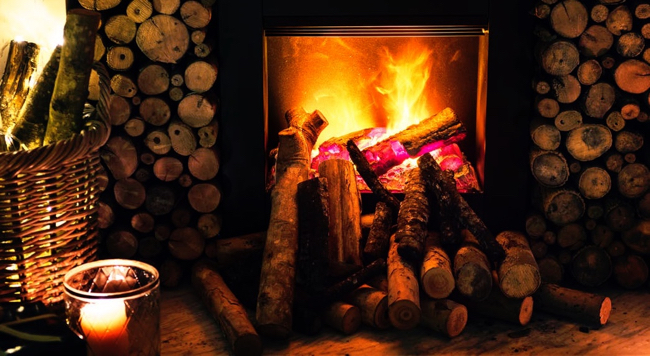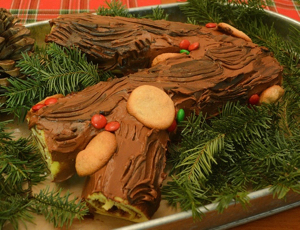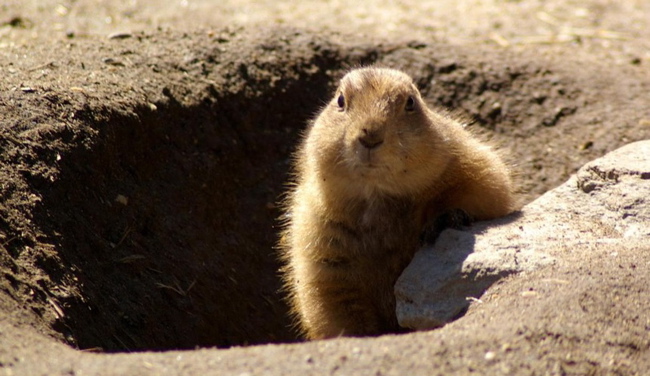FRIDAY, JUNE 21: Bonfires, picnics on the beach, wreaths of wildflowers and Midsummer parties—Scandinavian-style—abound today, at the summer solstice. Across the Northern Hemisphere, it’s the “longest day of the year,” meaning that for astrological reasons, inhabitants of the north experience more hours and minutes of daylight than on any other day of the year.
For people around the world, Midsummer has been equated with sun gods, greenery, fertility rituals and medicinal herbs for millennia. In Scandinavian countries, the longest day is one of the most beloved holidays of the year. A Scandinavian Midsummer is complete with an entire day’s worth of outdoor activities for citizens young and old: extravagant smorgasbord lunches, outdoor games for the entire community, dancing and more.
Flower crowns are all the rage, and this ancient accessory for Midsummer fetes is as easy as gathering a few favorite flowers and basic craft materials. For a tutorial on how to create a chic one, check out Lauren Conrad.com.
The Midsummer menu is as dear to Scandinavians as the Christmas goose or ham is to celebrants of the winter holiday, and fresh strawberries often take center stage in cakes, shortcakes or eaten straight out of the bowl. Other traditional foods include the season’s first potatoes, made with dill and butter; a roast; herring or other types of fish and seafood; hard-boiled eggs and summer cabbage. For recipes, visit Bon Appetit.
CELEBRATE WITH SHAKESPEARE
Each summer, theatrical companies around the world perform Shakespeare’s classic A Midsummer Night’s Dream. A global check of theater listings turns up performances in California, the Midwest and England—and others in communities sprinkled around the world. Check local listings in your region.
Amazon Prime members can choose from at least four free-to-stream versions of the classic, anytime this week.
MIDSUMMER AROUND THE WORLD
In Finland, the summer holiday unofficially starts with Midsummer, and so many flock to countryside cottages that city streets can seem eerily empty. Saunas, bonfires, barbecues and fishing are enjoyed by hundreds.
Two northeastern towns in Brazil have been in lengthy competition for the title of “Biggest Saint John Festival in the World,” and throughout the South American country, dishes made with corn and sweet potatoes are favored.
In Austria, a spectacular procession of ships makes its way down the Danube River, while fireworks light up the night sky above castle ruins. In Latvia, homes, livestock and even cars are decorated with leaves, tree branches, flowers and other greenery.
The largest American celebrations of Midsummer take place in New York City, Seattle, Tucson and San Francisco. In Michigan’s Upper Peninsula, members of the large Finnish population celebrate Juhannus with beachfront bonfires and other outdoor activities.
LITHA: A WICCAN AND PAGAN SOLSTICE CELEBRATION
Many Wiccans and Pagans observe Litha, a holiday of gratitude for light and life. At Litha, adherents note the full abundance of nature at the point of mid-summer. Traditionally, fresh fruits and vegetables are the main course at shared meals, and bonfires are lit to pay homage to the full strength of the sun. In centuries past, torchlight processions were common; at Stonehenge, the heelstone marks the midsummer sunrise as viewed from the center of the stone circle.
NOTE THE WIDE RANGE OF DATES—If you’re interested in looking for regional Litha observances in your part of the world, search local news and websites early—and plan ahead, because dates may vary. Some groups in 2019 are choosing to hold their festivals on Saturday to accommodate work schedules. However, in other parts of the world, Litha events may come as early as June 20 or as late as June 24 with celebrations in central and northern Europe closer to the 24th.
Gathering Herbs
Though harvest is not in full swing yet, many wild herbs are mature for picking and, thus, Midsummer is known as “Gathering Day” in Wales and in other various regions. Herbs, gathered most often for medicinal qualities, are gathered and dried for later use.
Interested in a modern-day take on gathering and drying healing herbs? Check out this story by Antioch College student Aubrey Hodapp, whose studies under an herbalist have helped her to deliver local, organic tea to her fellow students and much more (featured this week at FeedTheSpirit).
